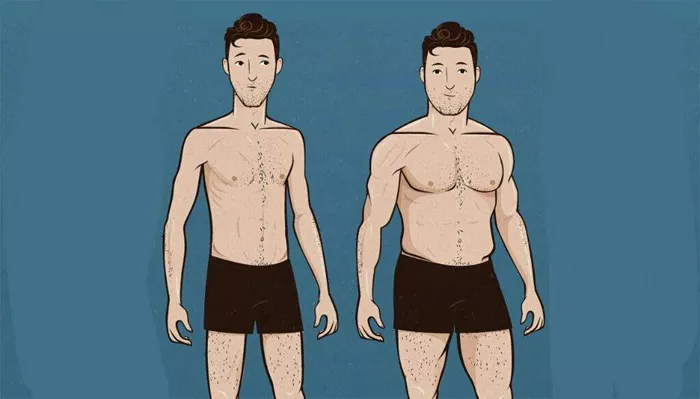TikTok and other social media platforms have become major sources of dermatology advice, particularly for acne treatment, but the clinical accuracy of much of this content is widely questioned. Recent studies reveal that only a small fraction of acne-related videos on TikTok are created by medically trained professionals, raising concerns about the spread of misinformation among patients.
With over 1.04 billion active monthly users globally, nearly 45% of whom belong to Generation Z, TikTok has rapidly transformed how patients seek dermatological information. The hashtag #DermTok, used by dermatologists, skincare professionals, and influencers, has amassed billions of views. However, despite the platform’s popularity, dermatologists are increasingly alarmed by the low quality and reliability of many posts, especially those promoting unverified products or treatments.
Dr. Chris Tomassian, a board-certified dermatologist and founder of the Glendora Dermatology Alliance in California, notes that social media is reshaping medical narratives and patient behavior. “More people now turn to social media for information than even Google,” he says. This shift highlights a pressing need for evidence-based content on these platforms.
Research using the DISCERN quality assessment tool evaluated over 17,000 dermatology videos on TikTok and found an overall low level of reliability and clarity. Only 11% of acne videos were created by clinicians, and about 14% promoted specific products, often without scientific backing.
Another study focused on the hashtag #spironolactone, related to a commonly prescribed hormone acne treatment. Despite accumulating over 100 million views, the top 50 videos scored very poorly for quality and accuracy. Dr. Adam Friedman, director of dermatology at George Washington University, emphasizes the importance of regulating medical information on social media to prevent patient harm.
Given these findings, dermatologists are urged to recognize the growing influence of #DermTok in patient care and encourage patients to seek verified medical advice rather than relying solely on social media content. Misinformation can mislead patients about treatment effectiveness, prompt inappropriate self-medication, and lead to adverse reactions.
Professional organizations, including the American Academy of Dermatology, have launched initiatives such as “Your Dermatologist Knows” to help patients distinguish certified clinicians from influencers and promote evidence-based treatments. Despite this, more physician-led educational content is needed on social media platforms.
Dr. Tomassian believes social media will continue to play a pivotal role in dermatology. “Everyone should engage in some form of social media, but it’s vital to be authentic and not just follow trends,” he advises. Dermatologists who create content should maintain ethical standards, transparency regarding financial interests, and prioritize patient-centered communication.
While social media can effectively disseminate accurate information, it cannot replace in-person consultations. Experts stress that patients must understand this distinction to make informed health decisions. As Dr. Friedman concludes, “We must hold licensed professionals accountable when spreading biased or harmful information and invest time and resources wisely to support patient care.”
Related Topics






























